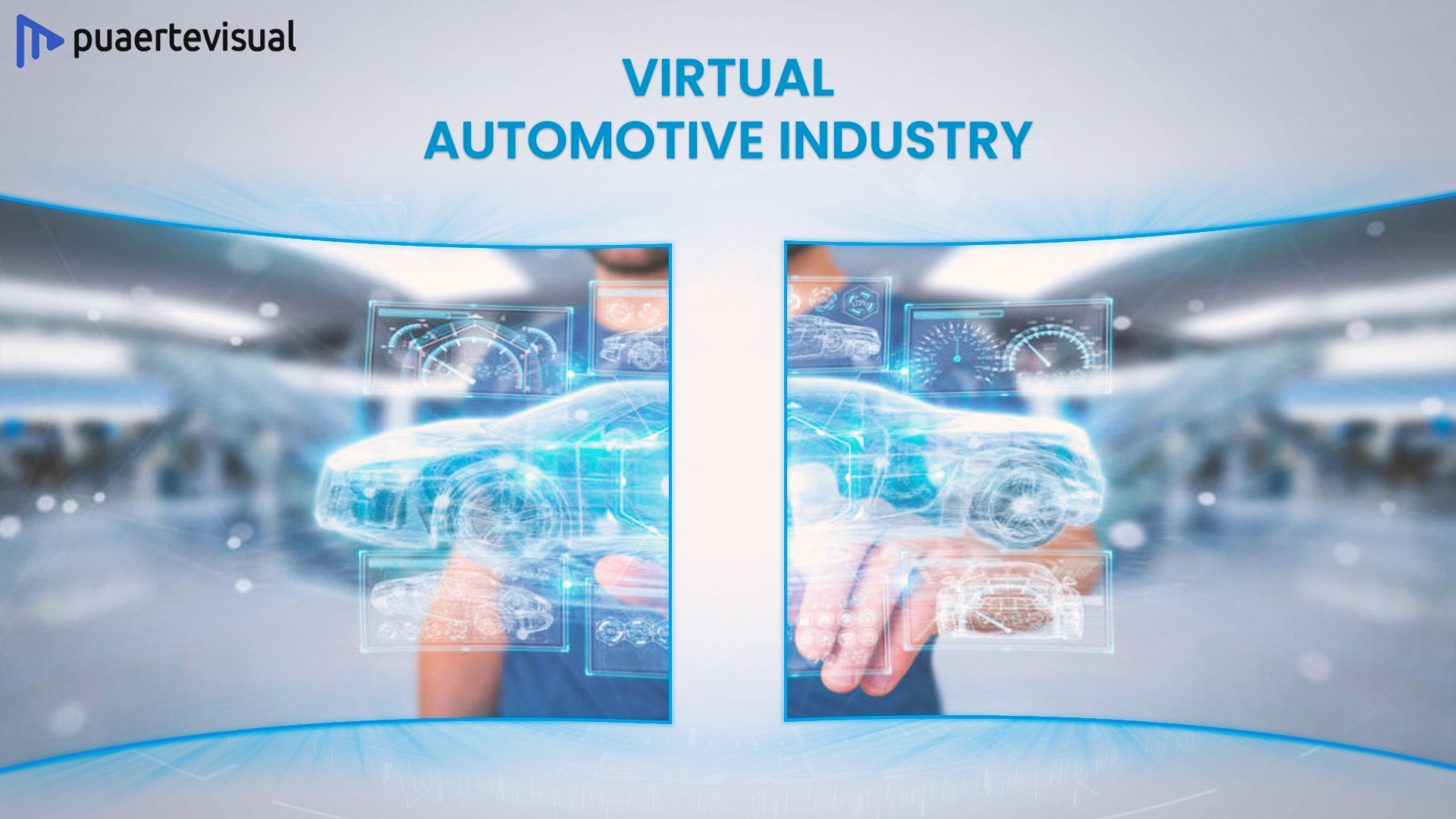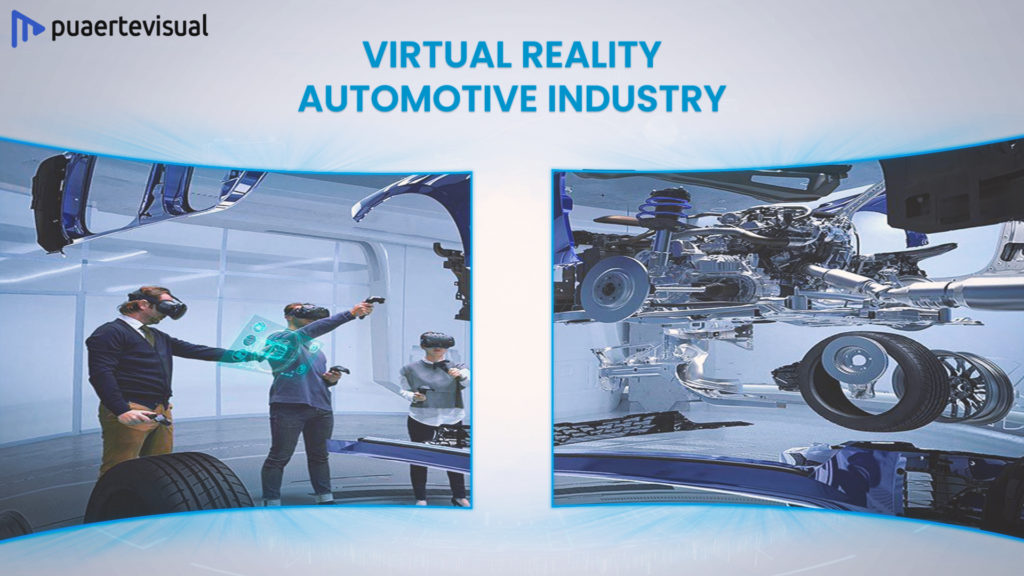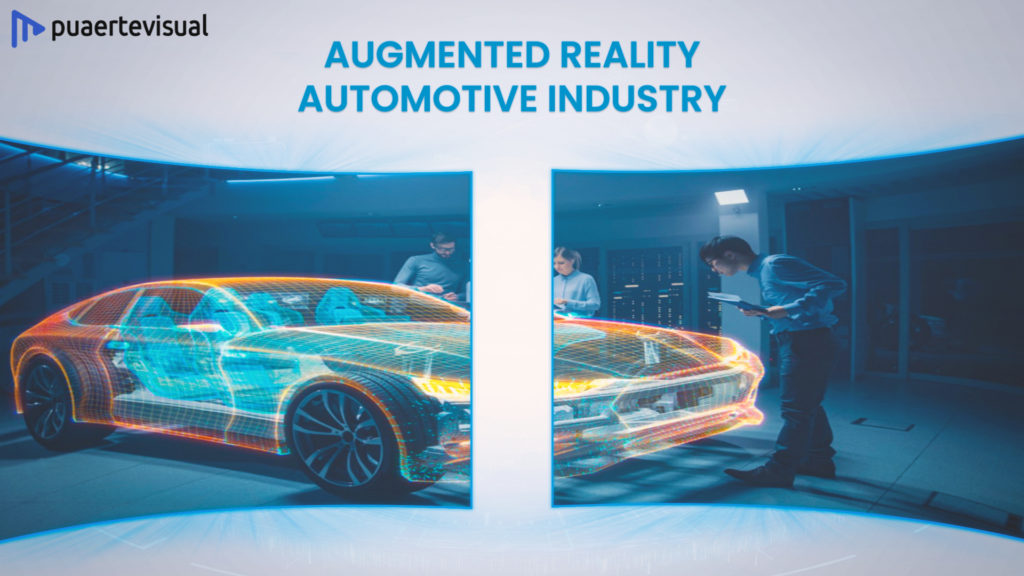
AR and VR technology are currently on their way to revolutionizing many industries. From gaming to healthcare, the road to the future is AR and VR. It’s no surprise that this technology has begun to make its way into the automotive industry as well. AR and VR offer a number of advantages for those working in or interested in the automotive sector.
In this post, I will discuss what AR and VR are and how they are used in the automotive industry. I’ll also take you through some of the benefits associated with their use.
What Are AR and VR?
AR and VR stand for augmented reality and virtual reality respectively.
AR technology enhances the real world using computer-generated media, like images or videos, to create a new layer of information. There are different ways through which this works. Either through the use of a mobile device’s camera or by wearing AR glasses like Microsoft HoloLens (a popular AR headset).
VR, on the other hand, creates a completely virtual world that the user can interact with. This is done through the use of headsets that block out all real-world stimuli and replace them with a digital environment.

How Are AR And VR Used In The Automotive Industry?
AR and VR are used in the automotive industry in a few different ways. Let’s take a look at some of the most popular areas in which their application has been transformative.
1) Design
AR and VR are used by automotive manufacturers to help with designing new cars.
VR technology allows designers to see the vehicle from all angles. AR allows for an enhanced view of the design as well, giving manufacturers the ability to add additional computer-generated content (like labels or instructions) to the real-world view.
This combination of AR and VR allows for a much more accurate depiction of what the car will look like when it is finished. This can help to avoid mistakes during the design process, saving both time and money.
2) Prototyping
Once the design is completed, automobile manufacturers will need to create a prototype of the design. This helps to test out its features and refine the design further. AR and VR help with this process by providing a virtual representation of the prototype.
Manufacturers no longer have to spend money on creating the physical prototype, only to dismantle it due to a few flaws in the design. They can simply create a virtual prototype, test out their design digitally, and then make modifications using AR/VR. The final, working prototype goes for factory production, saving lots of time and money.
It’s also quite easy to make changes to the prototype using AR/VR as opposed to making physical changes to the prototype. This helps automotive companies stay competitive as designs change and new models release.
3) Product Development
AR/VR can also be used during the development process to create an environment that is a useful representation of the real world. This allows for testing under different conditions, allowing mistakes and problems to be fixed before it becomes too late or too expensive.
Whether manufacturers want to test the car’s features under extreme weather or how it will react in a collision, AR/VR can create a realistic testing ground.
This also allows for the development of new products and services as well. For example, Mercedes has already created a system through which their engineers can use AR to remotely provide assistance in real-time. This enhances the overall product for the consumer.
4) Manufacturing And Assembly
AR/VR improves the process of manufacturing and assembly.
They help with providing instructions for the workers in real-time, helping them reduce mistakes during this part of the production. They also show them exactly where each part needs to go and how to put it together.
AR/VR can also be used for quality control in the manufacturing process. This ensures that all products meet the required specifications.
5) Employee Training
One of the most popular applications for AR/VR in the automotive industry is employee training. Many famous companies such as BMW, Ford, and Volkswagen have already incorporated AR/VR Training in automobiles.
Factory workers can be trained in a safe and controlled environment without the need for real-world equipment. AR shows workers how to assemble or repair products, while VR gives them a virtual tour of the factory floor and the different types of equipment they need to use.
The possibilities are endless and AR/VR allows employees to be trained faster and more effectively than ever before. AR/VR is also an excellent training tool for the sales teams because it allows them to see exactly what their customers will experience when driving the car or using its features.

Advantages Of Using AR/VR In The Automotive Sector
There are several advantages to using AR/VR in the automotive sector. Some of these advantages are:
- AR/VR helps automotive companies stay competitive by allowing them to make changes quickly and respond faster than ever before, thanks to AR’s ability to provide real-time data on everything from sales stats and production schedules.
- Improved safety standards. AR/VR allows for more realistic training scenarios that don’t involve actual equipment or environments. It creates a safe environment for workers and employees, helping them learn how to operate the machinery without putting themselves at risk of injury or death due to accidents on-site.
- AR/VR allows automakers to design better vehicles because it gives them an accurate representation of what their customers will experience when they drive the car or use its features
- Produces more efficient, safer cars with better gas mileage and lower emissions levels than they could otherwise achieve by hand.
Conclusion
As you can clearly see, AR/VR has a lot to offer the automotive industry. It is already making huge waves and changing the way things are done. We can only imagine what AR/VR will bring in the future. The potential for innovation is limitless and we can’t wait to see what comes next!
If you want to learn more about how AR and VR are transforming many industries, especially the automobile sector, make sure you check out the rest of our blog!

Comments are closed.